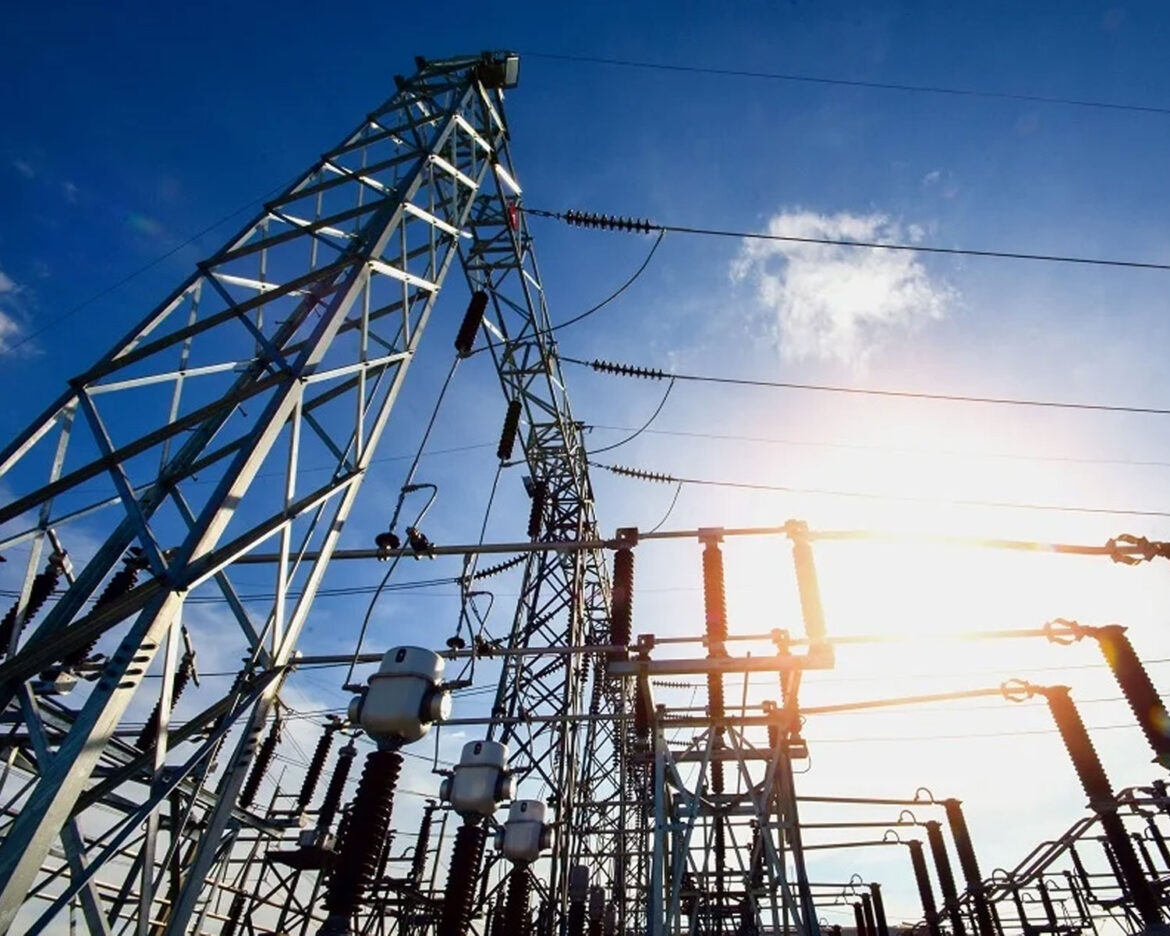Pakistan faces a startling 23% surge in the cost of power generation in January 2024 compared to the same period last year, exacerbating the financial strain on its populace already grappling with high inflation and sluggish economic activity.
The average cost per kilowatt-hour (KWh) skyrocketed to Rs13.8, a significant escalation from Rs11.20/KWh recorded in January 2023. This surge is primarily attributed to elevated expenses in power generation from gas and nuclear sources, witnessing spikes of 43% and 24% respectively year-on-year. Additionally, fuel costs for furnace oil (FO) surged by 22% according to Topline Securities data.
This surge in power generation costs comes as a severe blow to citizens, compounding the financial burden of rising electricity bills. Furthermore, the decline in power generation by over 2% compared to the same period last year, totaling 8,313 GWh (11,175 MW), underscores the challenges faced by Pakistan’s energy sector.
The decline in power generation was mainly due to a decrease in coal-based generation, plummeting by 20% year-on-year. Gas and wind power generation also witnessed declines of 10% and 55% respectively. However, there was a 9% increase in power generation on a monthly basis, indicating some fluctuation in the generation patterns.
Coal emerged as the primary source of power generation in January 2024, constituting 23.4% of the total generation mix, surpassing nuclear and RLNG (re-gasified liquid natural gas). Nuclear energy accounted for 20.8% of the overall generation, while RLNG contributed 18.2%.
Renewable sources like wind, bagasse, and solar collectively made up a modest portion of the generation mix, signaling a potential for further development and investment in sustainable energy solutions.
In light of these challenges, strategic measures are urgently required to ensure an affordable and sustainable power supply in Pakistan, emphasizing the need for comprehensive reforms in the energy sector.



